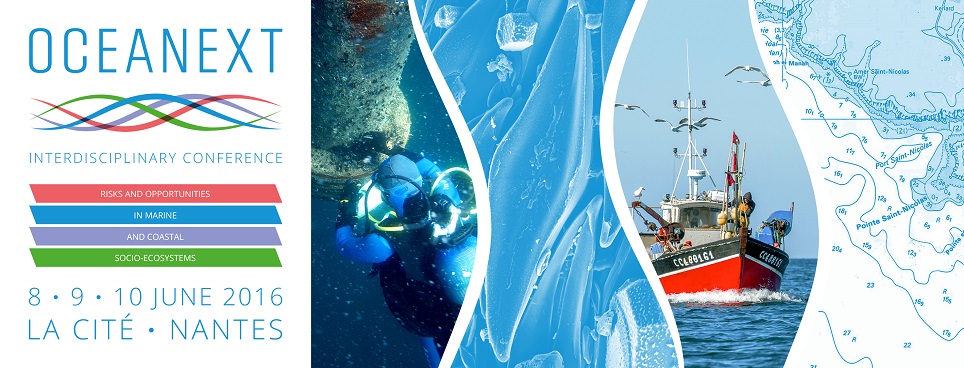Both the Water Framework Directive (WFD) and the Marine Strategy Framework Directive (MSFD) require from EU member states to access the ecological quality of their water bodies based on physico-chemical and biological elements. Most member states have decided to use diatoms as proxies for the phytobenthos in rivers and streams, mainly because of a suite of well-developed and standardised methods are already in place and their relation to chemical environment is well-established. In estuarine and coastal waters, phytoplankton was selected as a main ecological indicator partly for similar reasons. However, in very turbid macro- or mesotidal estuaries, the phytoplankton based assessment metrics have not been particularly useful given that the link between nutrient concentrations and phytoplankton abundance and/or composition is often hidden by a light limited annual production. Moreover, a second biological element, that may be responsible for as much as 50% of total estuarine primary production, has been consistently ignored – the microphytobenthos (MPB). These transient diatom-dominated biofilms colonise the surface of intertidal flats during low tide and are, therefore, not affected by water turbidity. The current work explores the potential use of the MPB and, particularly, of its benthic diatom fraction as an additional biological element in the assessment of the ecological status in turbid estuaries. A review of the current state of MPB research will be presented, focusing on the advantages of using diatom-based metrics in estuarine systems as well as its challenges and potential pitfalls.

|
Ecological status assessment in estuaries using diatom-based metrics: advantages, challenges and potential pitfalls
1 : Laboratoire Mer Molécules Santé - EA - 2160 /Université de Nantes
(MMS)
-
Site web
Université de Nantes : EA2160
Batiment ISOMER Université de Nantes - UFR Sciences et Techniques 2, rue de la Houssinière - BP 92208 44322 NANTES Cedex 3 -
France
2 : Centro de Ciências do Mar e Ambiente
(MARE)
-
Site web
Faculdade de Ciências da Universidade de Lisboa, Campo Grande, 1749-016 Lisboa, Portugal -
Portugal
3 : Mer, molécules et santé
(MMS)
-
Site web
Université de Nantes : EA2160
Batiment ISOMER Université de Nantes - UFR Sciences et Techniques 2, rue de la Houssinière - BP 92208 44322 NANTES Cedex 3 -
France
|
 PDF version
PDF version
